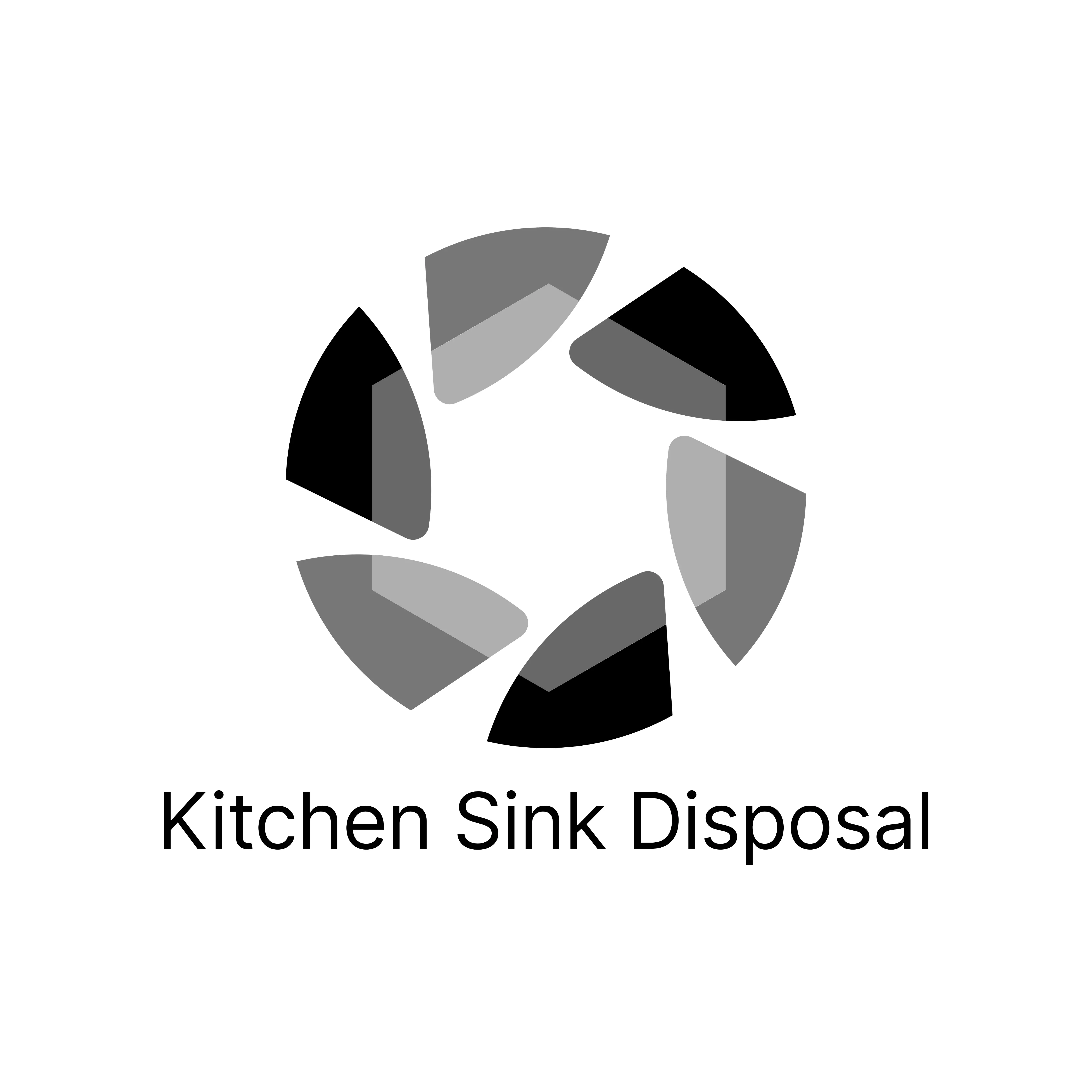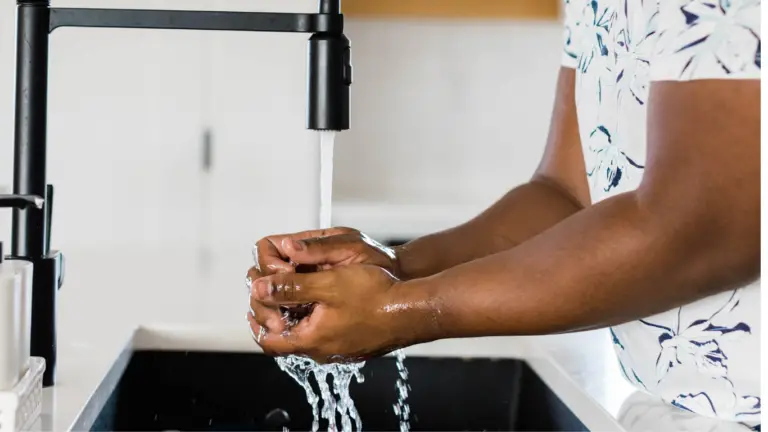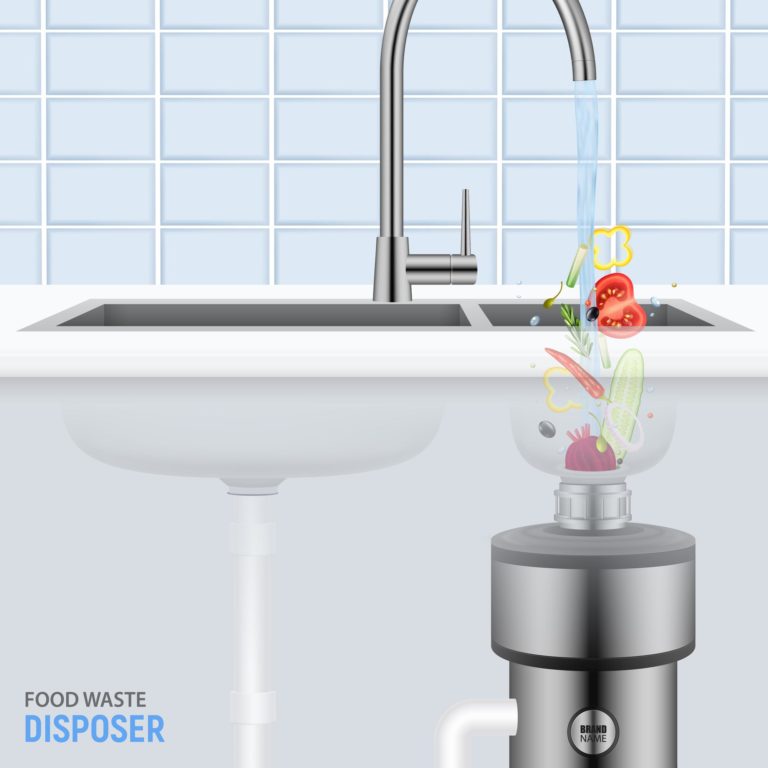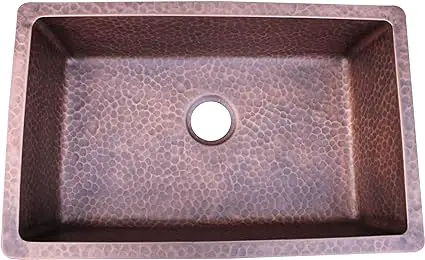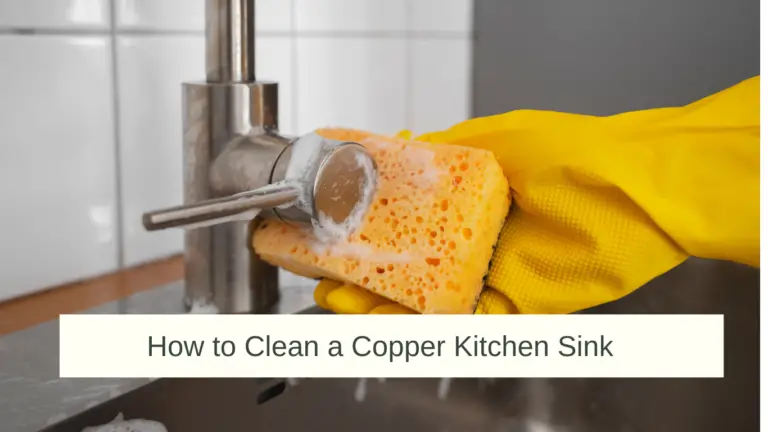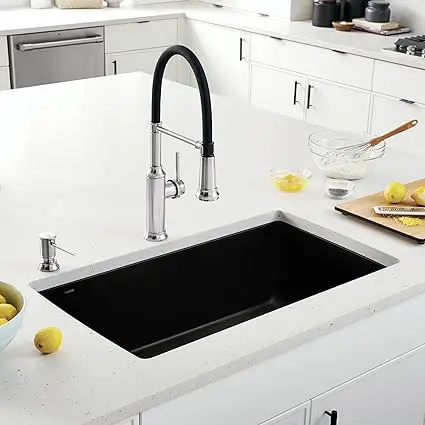Are White Kitchen Sinks a good idea?
This post may contain affiliate links which means I may receive a commission for purchases made through links.

White is one of the most popular kitchen sink colors, thanks to its ability to match any color. Also, white kitchen sinks can complement various types of countertops including wood, marble, granite, and quartz. All these factors seem to significantly increase the popularity of white kitchen sinks in kitchen design even further. But are white kitchen sinks a good idea?
If you are envisioning a white kitchen sink for your home, there is a good chance that question has crossed your mind at some point! Well, worry no more. In this blog post, I’ll show you everything you need to know about white kitchen sinks including their drawbacks, cleaning tips, and commonly used materials to help you make an informed decision!
What are white kitchen sinks made of?
Similar to other types of kitchen sinks, white kitchen sinks are made from a wide range of materials. The most commonly used materials in white kitchen sinks include; fireclay, porcelain, enamel cast iron, and quartz/ granite composites.
-
Fireclay
Fireclay kitchen sinks are made from a mixture of glaze and clay that is heated at extremely high temperatures. The sink is then glazed to glazed to form a non-porous material, resulting in a very durable material. Apart from white, you can find fireclay kitchen sinks in other color options like cream, brown, gray, black, and more.
Another notable benefit of fireclay sins is that they’re almost impossible to chip or scratch. Also, they’re less likely to rust, fade, or discolor over time. Even better, these sinks are easy to maintain as you can regularly clean them with warm water, baking soda, and dish soap. Also, you can wax fireclay kitchen sinks at least once a month to keep them shining.
-
Porcelain
White porcelain sinks are made from heavy-duty ceramic. However, porcelain sinks can also come in other colors, but white is the most common option. In addition, these sinks are highly resistant to extreme cold and high temperatures.
Unfortunately, they can easily be scratched, cracked, or chipped by heavy objects. For that, you should be very careful when cleaning pots and pans in your porcelain sink. Also, these sinks can be a bit challenging to install as they’re heavier than other sink materials. More importantly, you should never use an abrasive cleaner on a porcelain sink as it could accidentally scratch the surface.
-
Enamel Cast Iron
White enamel cast iron kitchen sinks are incredibly durable and can withstand heavy use for years. As the name suggests, these sinks have a cast iron base that is coated in a layer of porcelain enamel to provide a smooth, glossy finish.
On the downside, these kitchen sinks are a bit pricey and prone to chips and scratches. However, they’re less likely to dent and crack. In addition, they’re easy to maintain as you can clean them with dish soap and warm water. Just make sure you dry them after rinsing them out to prevent the formation of stains on the white enameled surface. Also, you should avoid an abrasive cleanser when cleaning these sinks as they can scratch the enamel coating, exposing the cast iron base to rust.
-
Granite/ Quartz Composites
White composite kitchen sinks usually consist of a mixture of quartz or granite and acrylic resins. This results in a highly durable, non-porous sink material that can hold well under heavy use. Even better, these sink materials are less likely to dent, scratch, or dent. Plus, they are also available in other color options like blue, black, gray, and cream.
Challenges of white kitchen sinks
-
Hard to maintain
As you would expect, white kitchen sinks are more high maintenance than other sink colors. Despite being relatively easy to clean and maintain, white sinks require more frequent care to prevent damage. For instance, you should not have a wine spill in the bottom of your white sink as it could stain the surface.
All in all, white sinks are not that hard to maintain provided you stay on top of general cleaning and maintenance. However, if you don’t intend to spend a few minutes per day to maintain a white kitchen sink, I’d recommend you choose a low-maintenance sink color instead. For instance, a darker color could be a better option as it hides scratches, stains, and other surface inspection well, eliminating the need for constant maintenance.
-
Stain easily
Another drawback of white kitchens is that some materials are prone to stains. If you leave pigmented drinks or food like tomato sauce or wine on surface surfaces, they could leave a discolored patch on your sink. Specifically, white porcelain and cast iron sinks tend to show the most wear-&-tear than newer engineered materials like quartz/ granite composite and fireclay.
Interestingly, most of these stains are relatively easy to remove. For instance, if you have a composite granite sink, you can use a baking soda paste to lift the stain off. However, considering how tricky and time-consuming removing these stains can be, the best option is to avoid leaving drinks and food in the bottom of your white kitchen sink altogether.
-
Scratch easily
Similar to staining, some white kitchen sink materials are more susceptible to scratches, but not all. For instance, porcelain kitchen sinks are more prone to scratches than other materials. For that reason, it’s important to be careful when using such sinks to clean large pans and pots as well as delicate glassware to avoid damaging the sink.
How to Clean White Kitchen Sinks
Generally speaking, cleaning a white kitchen sink is the same as cleaning any other sink color. However, the exact cleaning process may vary from one material to another, hence the need to follow the manufacturer’s maintenance and cleaning suggestions.
All in all, you can easily clean most white kitchen sinks with gentle dish soap, warm water, and a soft cloth/ sponge. Once you’ve gathered all the necessary items, follow these steps to wipe your white sink sparkling clean;
- To start, wipe the sink surface with a cloth/ sponge and rinse any lingering debris and food residues with warm water.
- Next, mix warm water and gentle dish soap, then rub the resulting solution into your white sink.
- Now, rinse the soap solution from the sink and wipe the surface dry with a clean, soft cloth to avoid water spots and mineral buildup.
- If the sink has dried food or stubborn stains, rub a baking soda paste into the stained area and rinse the sink. Remember, you should never use bleach/ strong acid, or abrasive tools like steel wool to clean any type of white kitchen sink.
Bottom Line: Is a white kitchen sink a good idea?
Overall, whether a white kitchen sink is a good idea for your home will depend on whether you’re willing to spend time keeping it clean to prevent it from staining. However, if you want a relatively low-maintenance kitchen you may want to consider a darker sink color option. Other than that, a white kitchen sink can provide the perfect finishing touch to any kitchen style!
